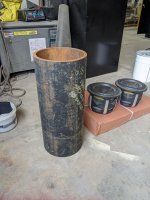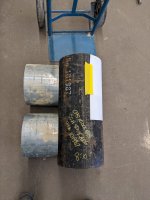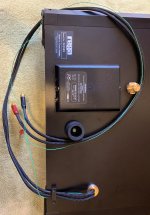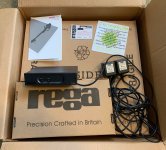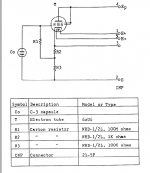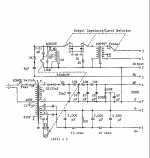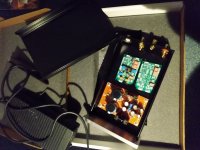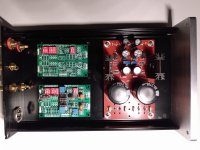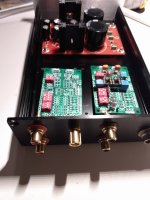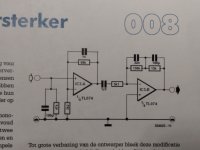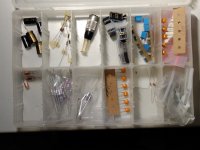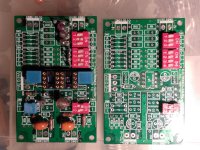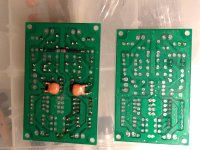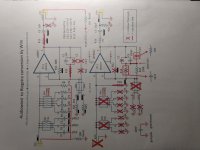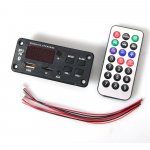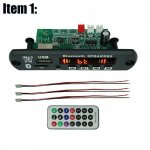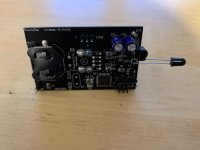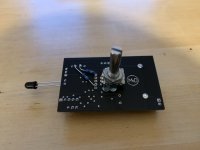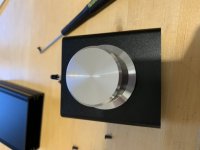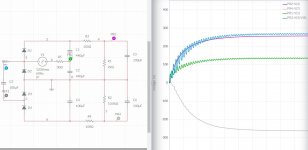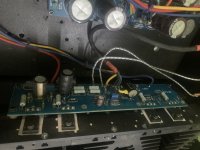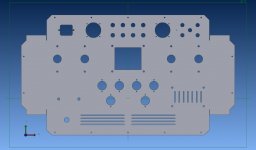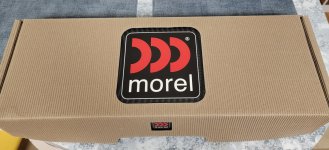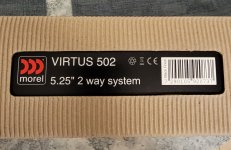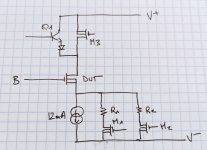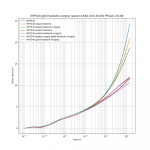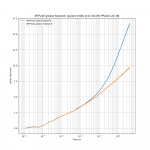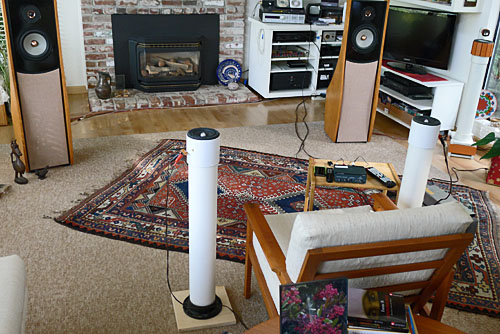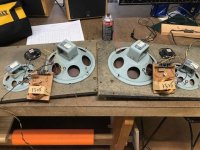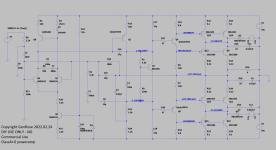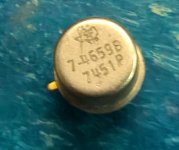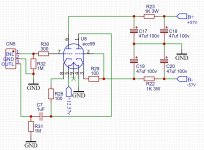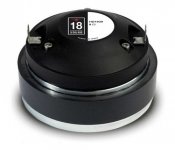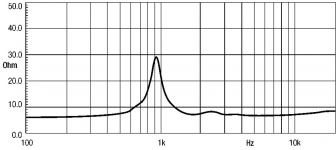Dual 10" in steel enclosure
- Subwoofers
- 30 Replies
Hey guys
I thought I'd share the dual 10" subwoofer enclosure I'm building for my 2 channel setup at home. It is being build from a 10-3/4" piece of schedule 80 steel pipe, this is because I absolutely hate everything about woodworking and I'm very good at working with steel. I'll be using a pair of Hertz Mille ML2500 drivers I've had kicking around for ages, I'll be powering them with a Behringer EPX2800 pro audio amplifier.
The large tube will be cut to accept the smaller tubes and they will be recessed so they only stick out about an inch. The excess material left on the inside will be cut off after everything is welded. I will be getting steel rings laser cut to mount the drivers to.
I will post up my blueprints tomorrow to give a better idea of exactly what I'm doing.


I thought I'd share the dual 10" subwoofer enclosure I'm building for my 2 channel setup at home. It is being build from a 10-3/4" piece of schedule 80 steel pipe, this is because I absolutely hate everything about woodworking and I'm very good at working with steel. I'll be using a pair of Hertz Mille ML2500 drivers I've had kicking around for ages, I'll be powering them with a Behringer EPX2800 pro audio amplifier.
The large tube will be cut to accept the smaller tubes and they will be recessed so they only stick out about an inch. The excess material left on the inside will be cut off after everything is welded. I will be getting steel rings laser cut to mount the drivers to.
I will post up my blueprints tomorrow to give a better idea of exactly what I'm doing.
